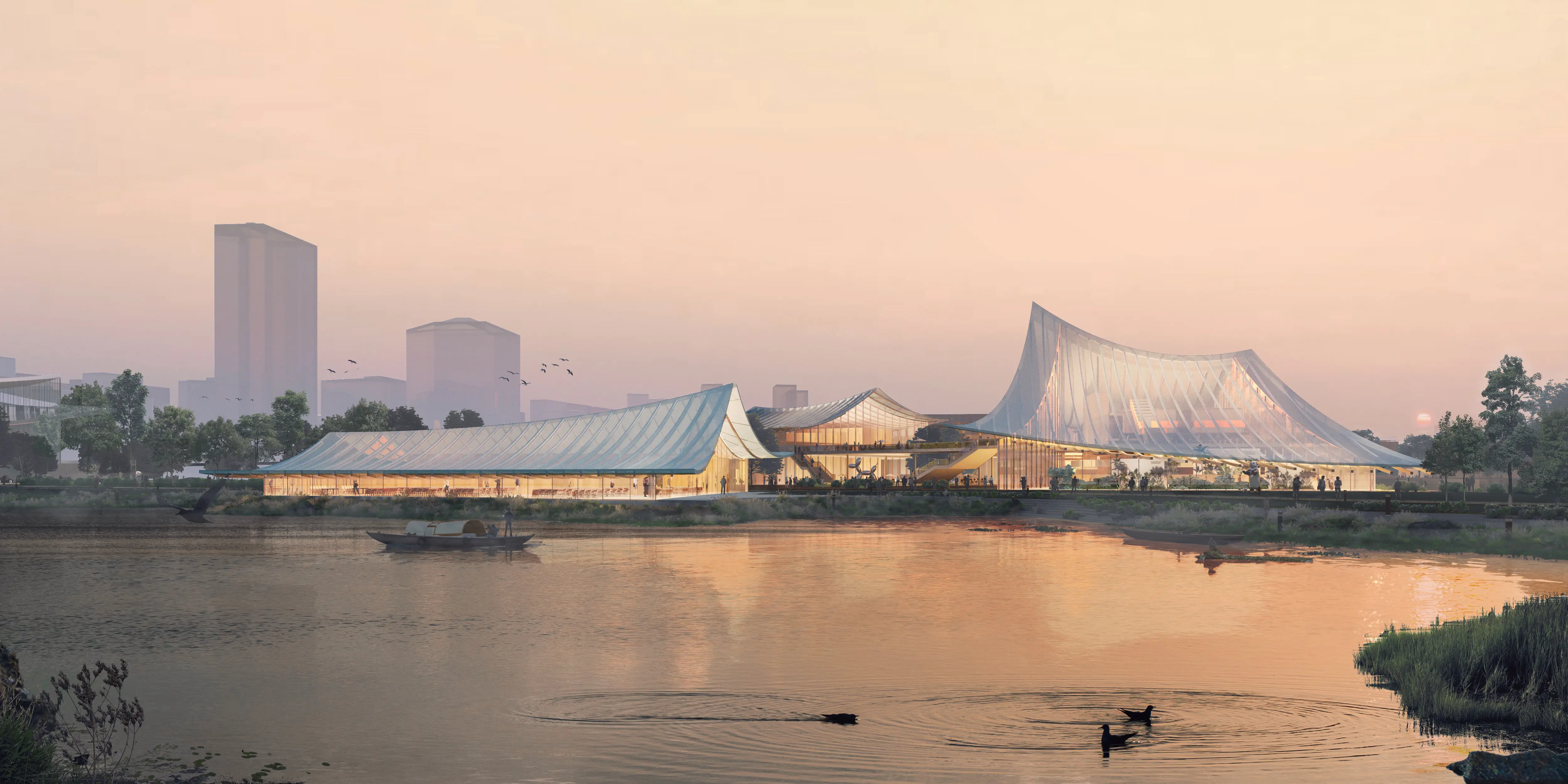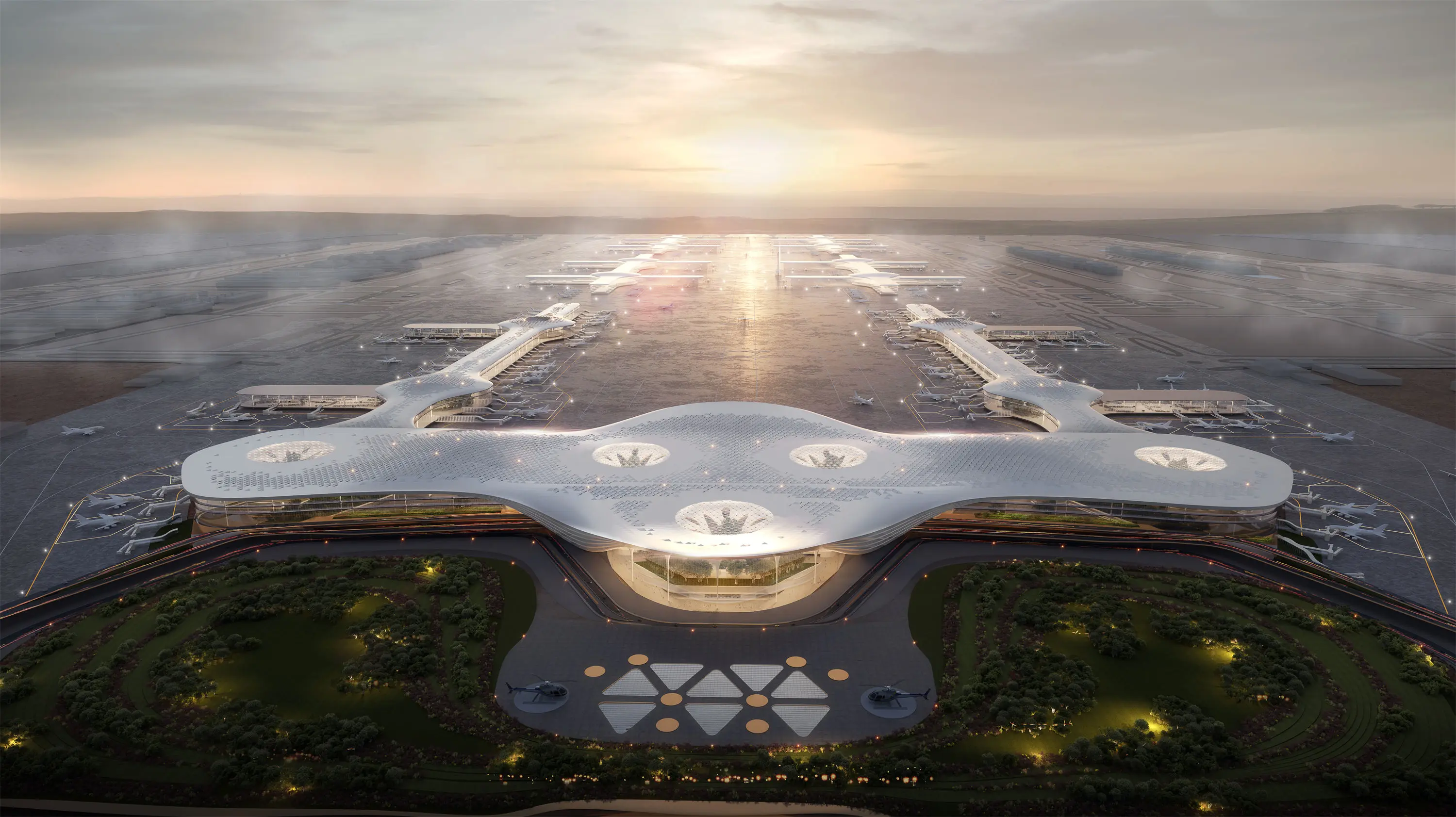What is the impact of 3D architectural rendering on the architectural design industry?
3D architectural rendering can transform two-dimensional Design drawings into realistic three-dimensional images or animations, allowing designers, clients, and other project participants to have a more intuitive understanding of the building's appearance, interior space, material texture, color matching, and other details, which is conducive to a better understanding of the design intent.
It can simulate natural and artificial lighting effects at different times and under different weather conditions, demonstrating how light is distributed, reflected and refracted on the building's surface and interior space, helping designers optimize daylighting design and lighting layout, while creating a specific atmosphere and emotional experience.
Through 3D rendering, people can observe buildings from different angles, accurately grasp the relationships, proportions and scales between various Spaces, and discover possible unreasonable spatial aspects in the design, such as narrow passageways and uncoordinated room size ratios, so as to make timely adjustments and optimizations.

Designers can quickly transform different design concepts into 3D rendering models, rapidly compare the advantages and disadvantages of multiple schemes, promptly identify problems and make modifications, thus avoiding increased costs and project delays caused by discovering design flaws in the later construction stage.
In the process of team collaborative design, 3D rendering models, as a universal visualization language, enable designers from different specialties (such as architecture, structure, water supply and drainage, electrical engineering, etc.) to better understand each other's design intentions, promptly identify and resolve design conflicts, improve the efficiency of collaborative work, and ensure the overall quality of the design.
Facilitating communication with clients: Clients often find it difficult to accurately understand the design plan from traditional drawings and textual descriptions.
By integrating virtual reality (VR) and augmented reality (AR) technologies, allowing customers and visitors to experience the architectural space and environment as if they were there, this immersive experience can better stimulate their interest and desire to purchase the project, especially playing a significant role in the marketing of high-end residences, commercial complexes, tourist resorts and other projects.
To achieve more realistic and efficient 3D architectural rendering, rendering software is constantly evolving and innovating, such as adding new material libraries, lighting effects, rendering algorithms, etc., while enhancing the software's ease of use and compatibility. This has also driven technological progress in the entire field of computer graphics.
The wide application of 3D architectural rendering has prompted architectural design-related majors to strengthen the teaching and training of rendering technology, cultivating compound talents who not only understand architectural design but also master 3D rendering technology, providing strong talent support for the development of the industry.
3D rendering technology offers designers more creative possibilities. They can more freely explore various novel design concepts and forms of expression, break through the limitations of traditional design, and promote continuous innovation and development in the architectural design industry.
LIGHTS CG is china top rendering company 3D Architectural Interior Rendering Services - Online Quotebased in China, provides high quality 3d architectural visualization rendering service.


